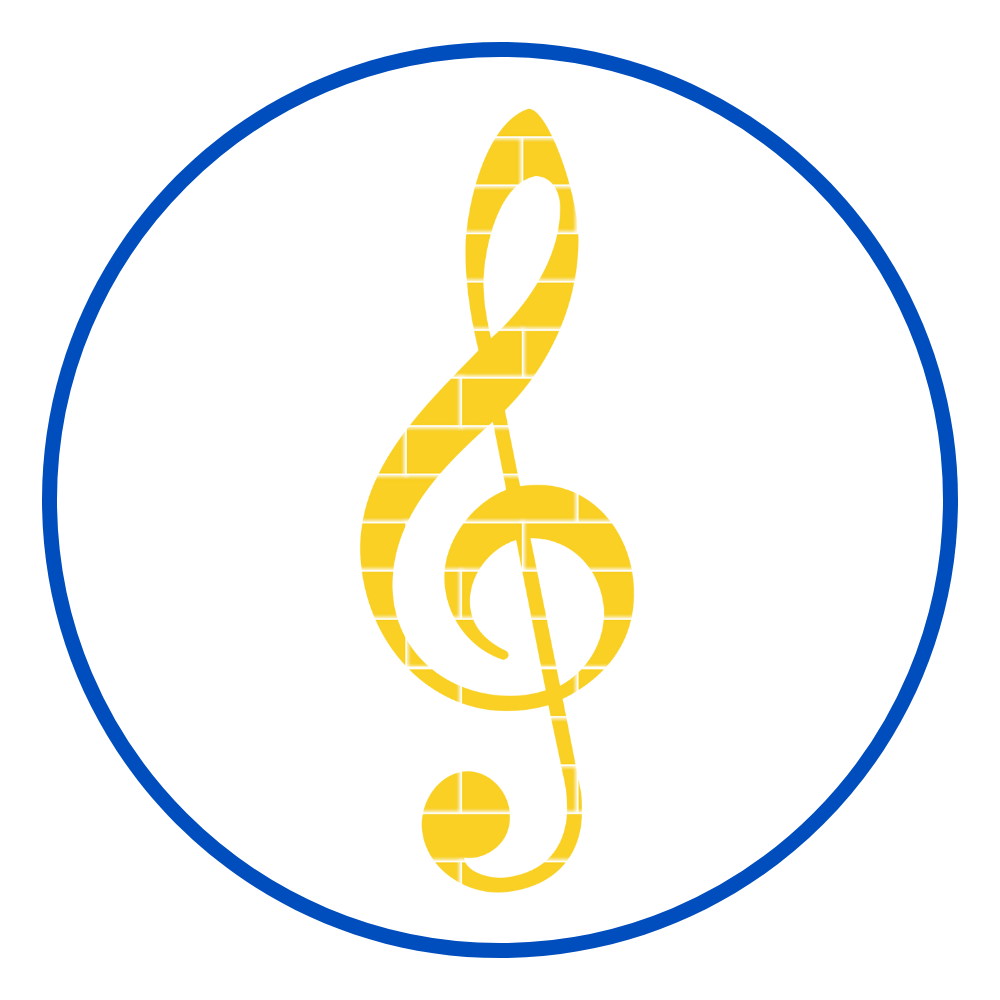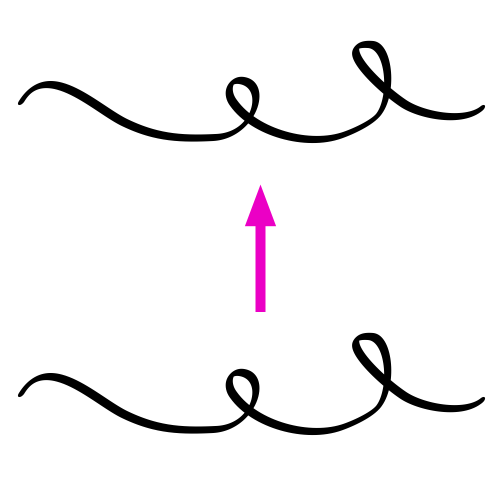One of the easiest and most successful composition lessons I taught was based on vocal explorations. While not a precise method of composition, it’s no doubt the best one in my opinion for helping students of all ages compose successfully.
I began the lesson by telling my students that we were going to “sing lines and shapes.” I demonstrated this on my Smartboard using the creative pens, which made lines of smiley faces, rainbow swirls, and other fun stuff that kids love. After I drew the line, I would ask the class to sing it back to me. The more dips and swirls I made on the board, the more fun they had singing it.
If a class struggled to sing in their head voice, I simply moved the entire line higher, as in the example shown below. This is a trick I learned from Dr. Feierabend, and it almost always did the trick.
Once my students began exploring their head voices comfortably, I would ask for a volunteer to come to the board. They would draw their own vocal exploration, and then use a pointer (such as my baton) to trace the line while the rest of the class sang it. I did this most often with my younger students, but even 2nd and 3rd grade enjoyed composing in this way.
If you have a class of older beginners in need of catching up, consider playing “connect the dots” to demonstrate melodic direction, as in the example below. This helps students connect the note-heads with melodic direction, a necessary skill for sight-singing.
FREE VOCAL EXPLORATION TEMPLATES
To help you get started on your own lesson in composition, I created several vocal exploration templates. You can download them from Dropbox for free by clicking on one of the images below.
Project the slides onto your interactive whiteboard for a quick lesson in vocal exploration and composition. Ask students to draw the path of the object and have the rest of the class sing it back to them.
INTERACTIVE BULLETIN BOARD DISPLAY
Print and copy enough pages for one class. Then, ask students to draw the path of the object on their papers, just like they did on the interactive whiteboard. Hang their finished compositions on a bulletin board outside your classroom. Label the display “Vocal Exploration Compositions” and include a graphic will bullet points explaining the purpose of vocal exploration and how students use it to practice singing. Then, invite the audience to try singing one of the compositions.
VOCAL EXPLORATION WITH PIPE CLEANERS
Lastly, if you’re looking for easy composition lessons for a substitute, consider adding a colorful collection of pipe cleaners to your sub tub. Leave directions indicating that students should bend the pipe cleaners and sing the resulting shapes. Speaking from my own sub experience (long, long ago), I loved lessons that were student-centered and allowed me to walk around the room and engage with the students one-on-one. Best of all, pipe cleaners are inexpensive items that you can afford to send home with your students after they’re done.





2 Responses
I love the idea of pipe cleaners for a sub lesson, and this freebie visual is perfect for fall! Thanks for sharing! 🙂
You're welcome 🙂 I'm glad you started the composition linky party. I'd forgotten all about this post!